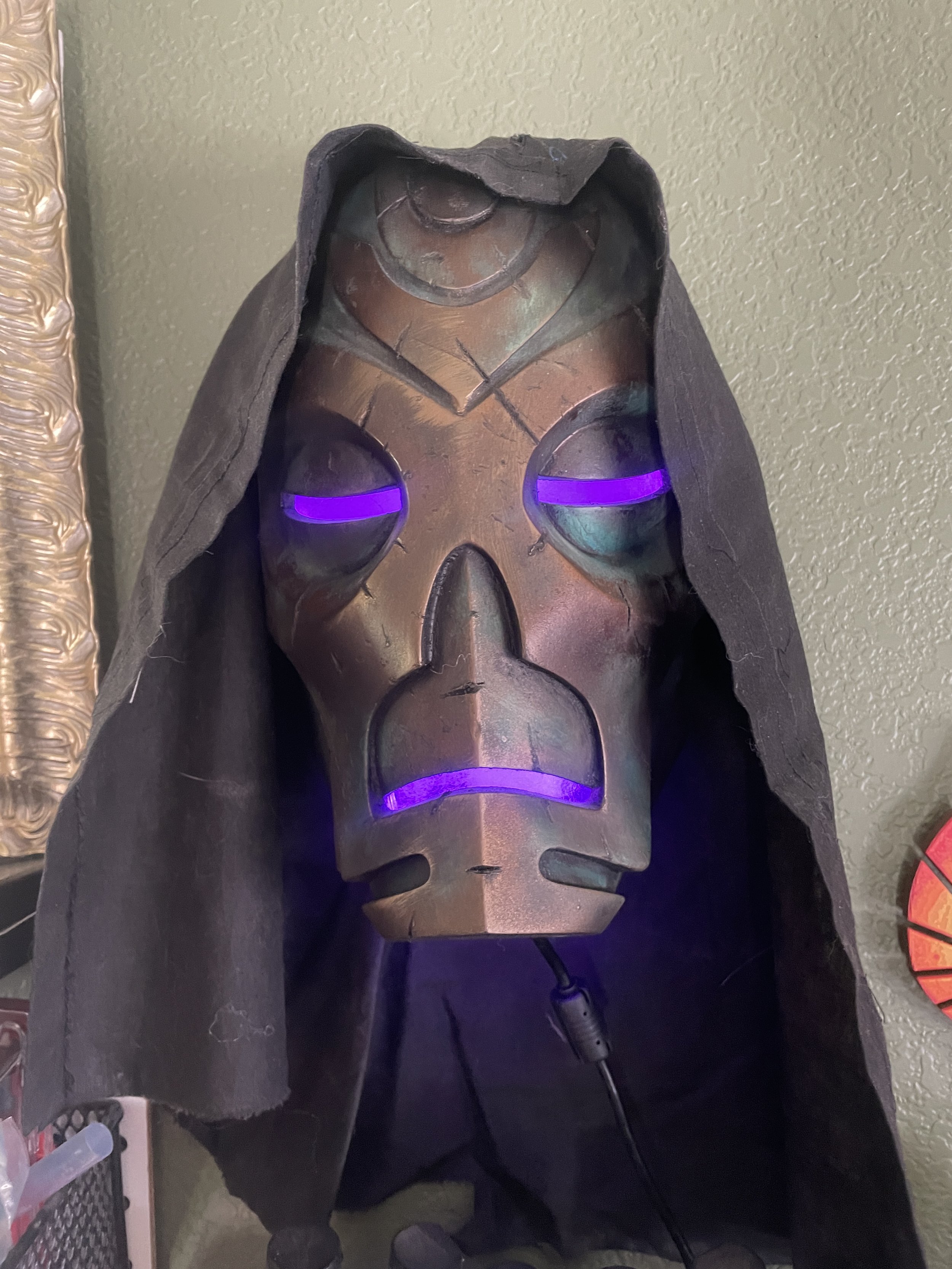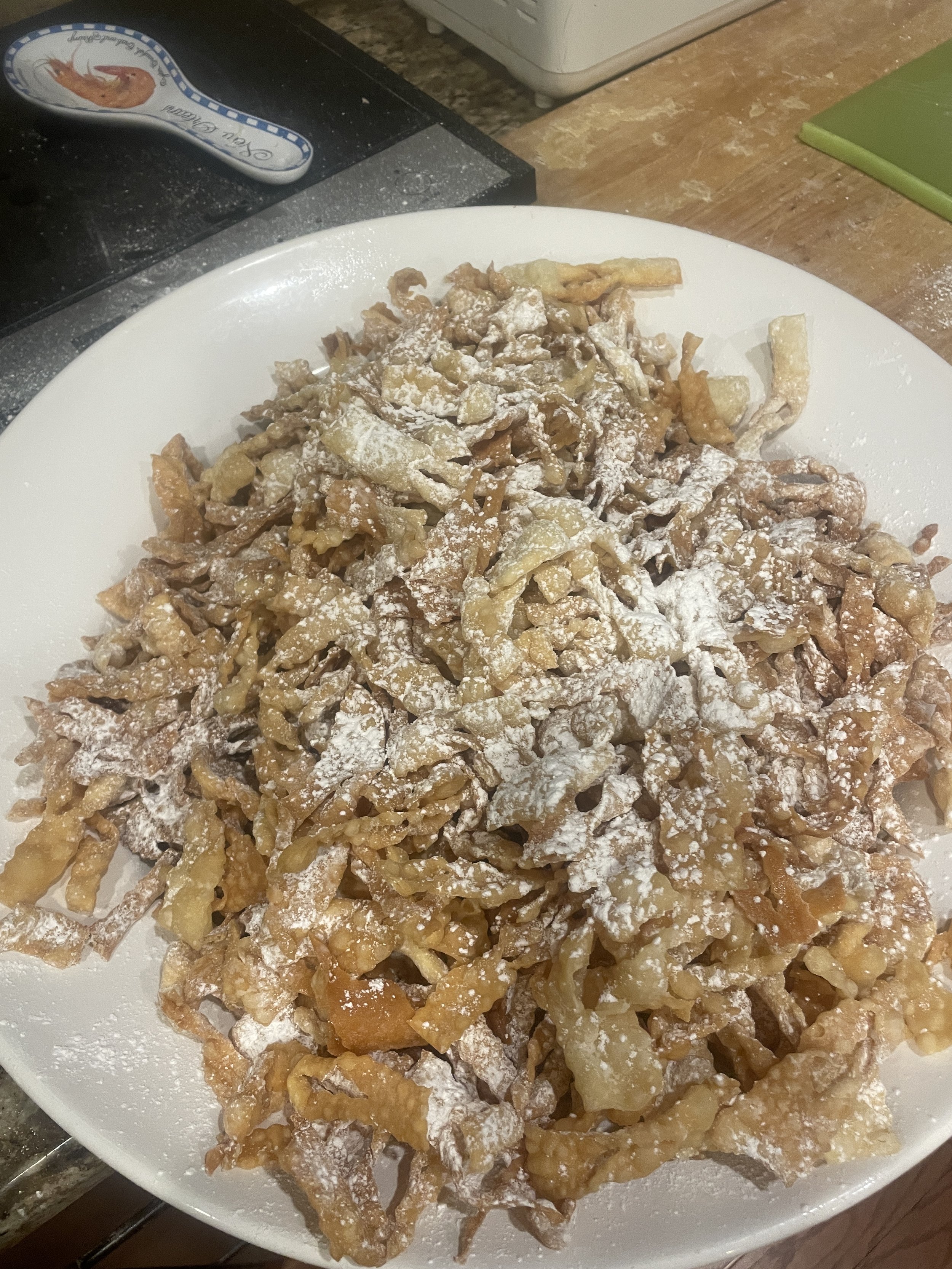I cut this card on my xTool M1 Ultra using files designed by Tobias Kaulich on DesignFind. Photo by Monica Jones
Valentine’s Day is coming, which gave me a reason to use my new xTool M1 Ultra on my first real project — two cards for my kids.
I expect the xTool to replace my Cameo 4, which is a great machine but not as versatile. If it’s going to do that, it needs to cut cardstock and specialty materials — in this case, glitter foam.
I modified the original design to use stickers from my stash because I get a dopamine rush whenever I can use supplies I have on hand.
The xTool did a great job cutting the cardstock and the gold glitter foam, then choked a bit on the red glitter foam, leaving jagged edges. It was irrelevant for this project since the edges are hidden behind the cardstock. I don’t know what the problem was, but since this is my first project, I’ll pin the blame on my own incompetence for now.
Masterwork Tools is an Amazon Affiliate. We earn a small commission on qualifying purchases. We do not have a business relationship with xTool or Silhouette and purchase products from these companies with our own money.





